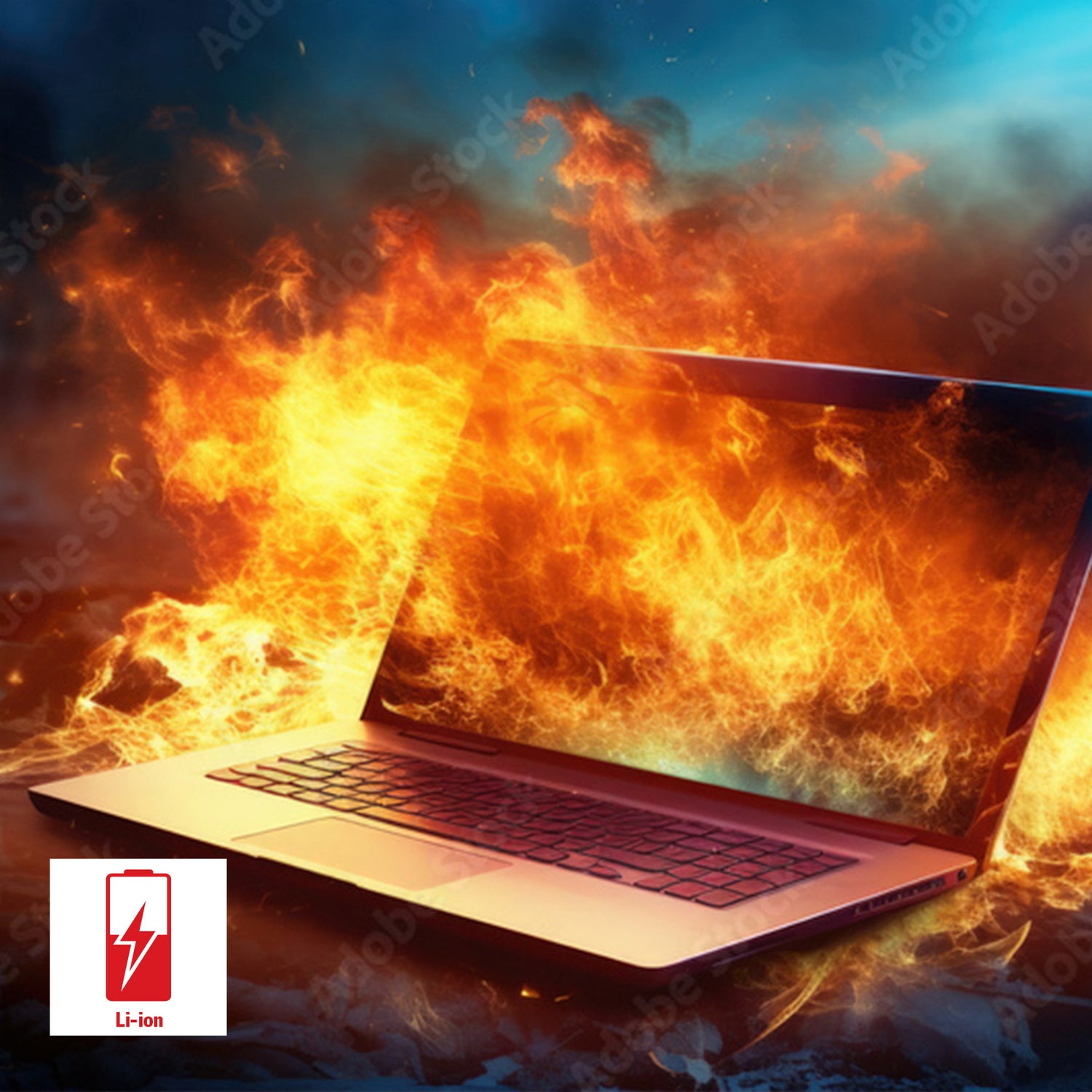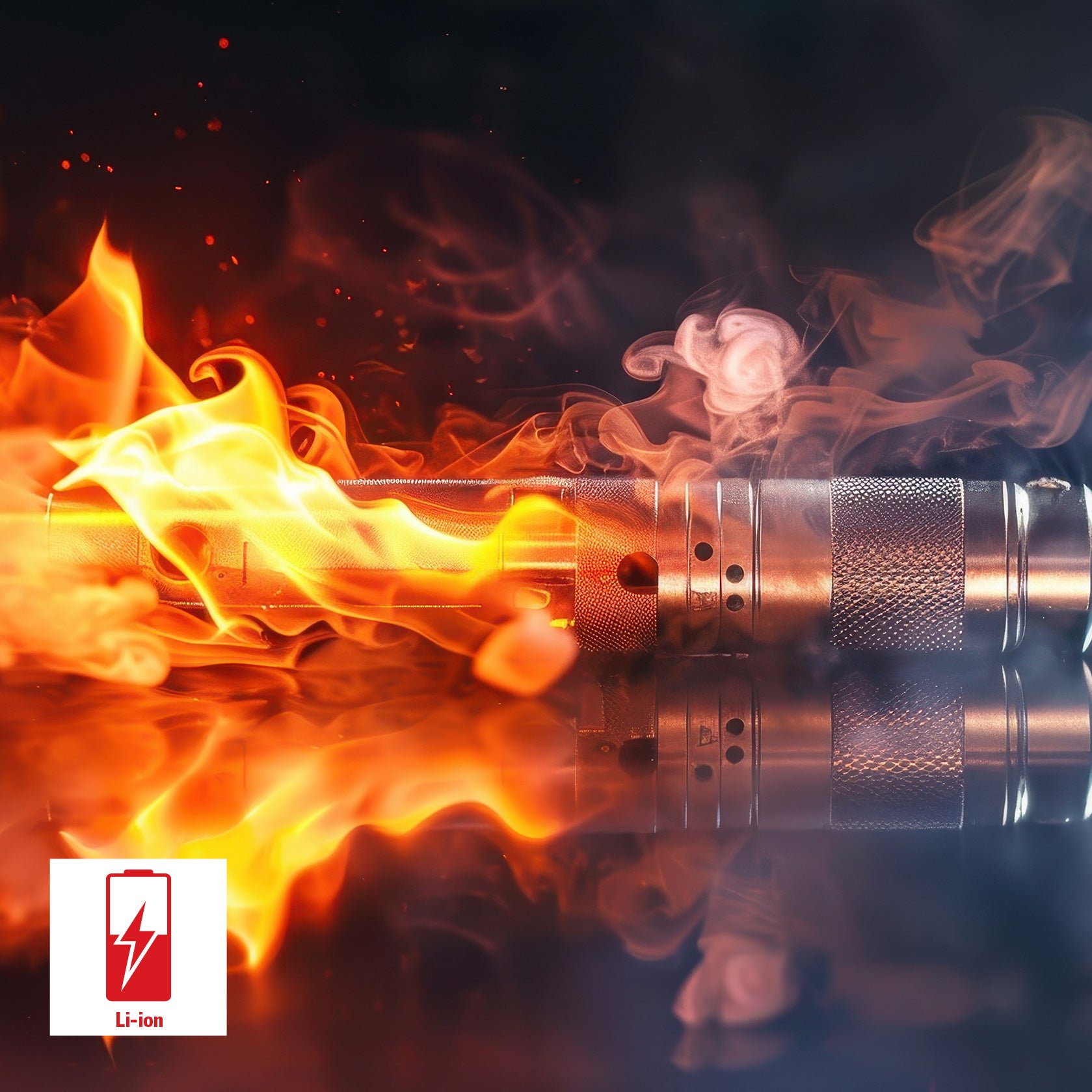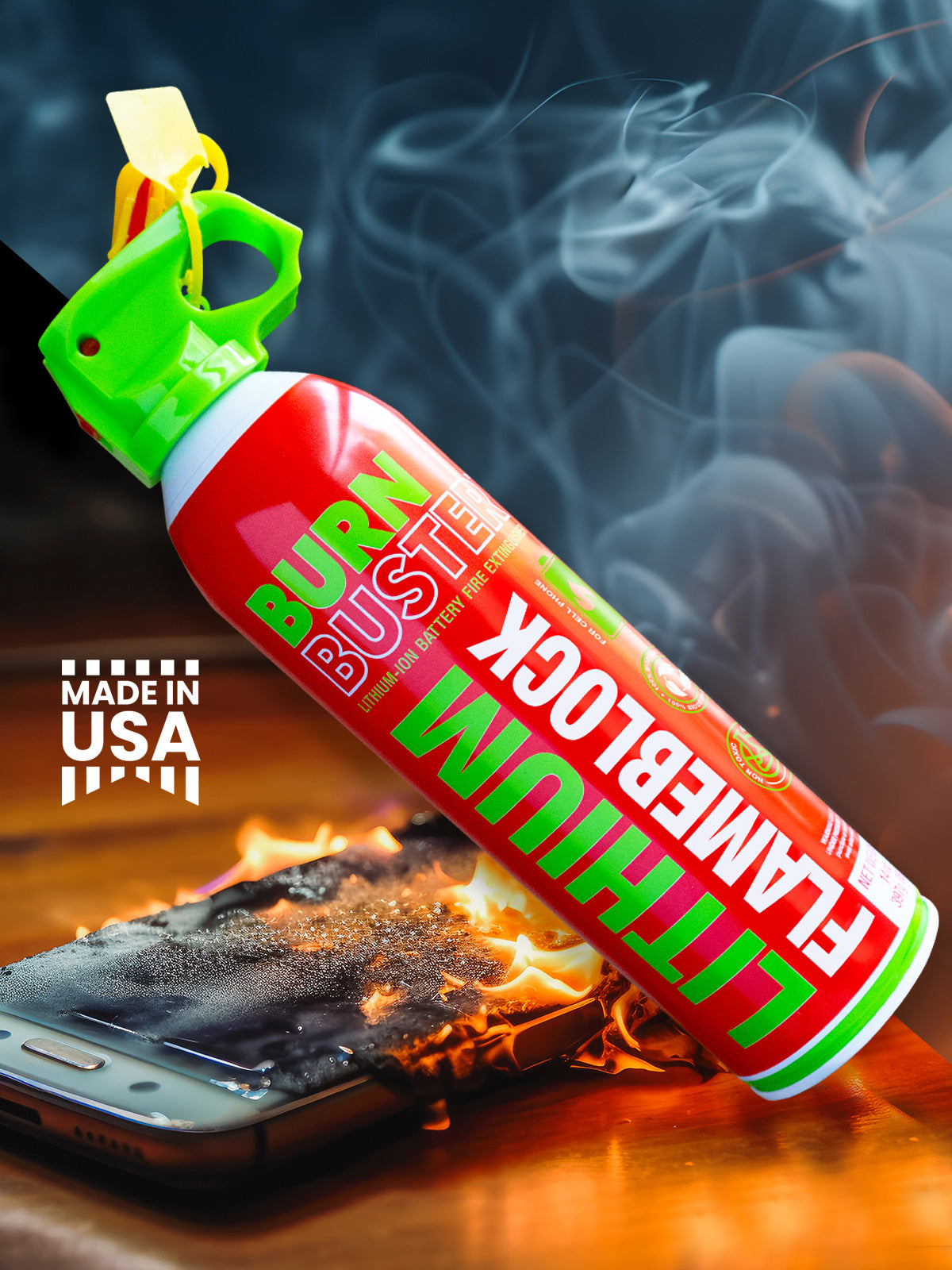Lithium-ion batteries power our lives. From smartphones and laptops to electric vehicles and e-bikes, these energy-dense power sources have revolutionized technology and transportation. However, they come with a critical downside: the risk of fires. In 2023, reports indicate that thousands of lithium-ion battery fires occurred across the United States, causing significant damage to property and posing serious safety risks. This growing problem highlights the urgent need for public awareness and specialized safety measures.
The Numbers Behind the Concern
While precise figures vary depending on the reporting source, a notable rise in lithium-ion battery-related incidents has been observed. Fire departments across major cities, such as New York and Los Angeles, have reported hundreds of such fires annually. Nationally, the Consumer Product Safety Commission (CPSC) has documented a sharp increase in battery-related fires, with many incidents attributed to improper charging, damaged batteries, or manufacturing defects. These fires have resulted in injuries, fatalities, and millions of dollars in property damage.
Why Traditional Fire Extinguishers Fail
One of the most alarming aspects of lithium-ion battery fires is their resistance to traditional fire suppression methods. Here’s why:
-
Chemical Reactions Drive the Fire: Lithium-ion battery fires are caused by a process known as thermal runaway. Once a cell is damaged or overheats, it can enter an uncontrollable self-heating state, releasing flammable gases. These gases can ignite, feeding the fire and creating a cycle that is difficult to interrupt.
-
High Temperatures: Lithium-ion fires can reach temperatures exceeding 1,000°F, making water or standard fire extinguishers less effective. Water, for instance, can cool the flames but does not address the chemical reactions fueling the fire.
-
Oxygen Independence: Unlike conventional fires, lithium-ion battery fires generate their own oxygen through chemical decomposition, which means they can continue to burn even in low-oxygen environments.
-
Re-ignition Risks: Even if a fire appears to be extinguished, it can reignite due to residual heat or chemical instability within the battery cells.
Specialized Solutions Are Necessary
To effectively combat lithium-ion battery fires, specialized extinguishing agents and systems are required. These include:
-
Class D Fire Extinguishers: Designed for metal fires, these extinguishers use powdered agents like sodium chloride to smother flames and absorb heat.
-
Lithium-Specific Fire Suppressants: Products like F-500 encapsulator agents or fire blankets can help by interrupting the chemical chain reaction and cooling the affected area.
-
Water Mist Systems: In some cases, finely atomized water can help cool the fire while minimizing electrical hazards, but this approach requires careful handling.
Prevention Is the Best Strategy
Reducing the risk of lithium-ion fires begins with proper handling and maintenance of batteries. Here are some essential tips:
-
Use Certified Chargers: Always use chargers recommended by the manufacturer to prevent overcharging or overheating.
-
Store Batteries Safely: Keep batteries in cool, dry places away from direct sunlight or heat sources.
-
Avoid Physical Damage: Inspect batteries regularly for signs of damage, such as swelling, punctures, or unusual heat generation.
-
Recycle Responsibly: Dispose of old or damaged batteries through authorized recycling centers rather than throwing them in regular trash bins.
Conclusion
Lithium-ion battery fires are a growing safety concern that requires specialized knowledge and preparedness. As these batteries become even more integral to modern life, understanding their risks and adopting preventive measures are crucial steps toward minimizing incidents. Policymakers, manufacturers, and consumers must work together to ensure the safe use and management of these powerful yet potentially hazardous energy sources.




Leave a comment
This site is protected by hCaptcha and the hCaptcha Privacy Policy and Terms of Service apply.